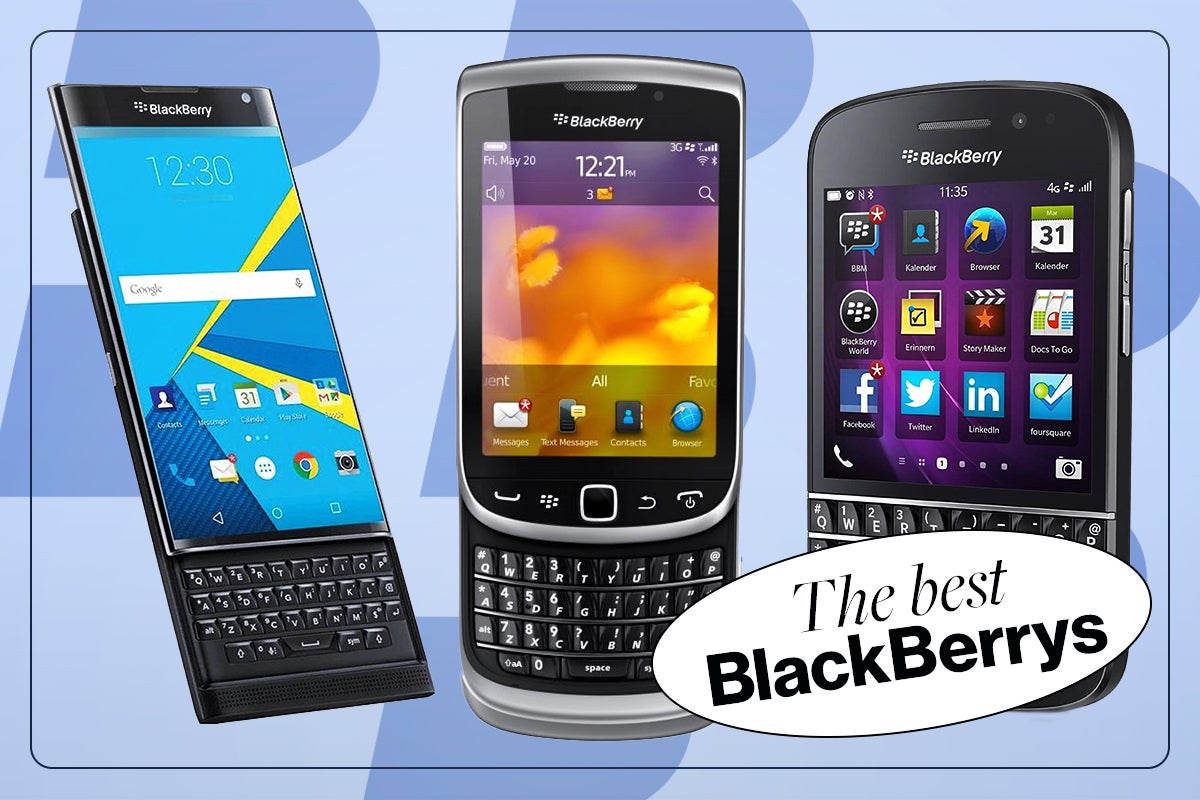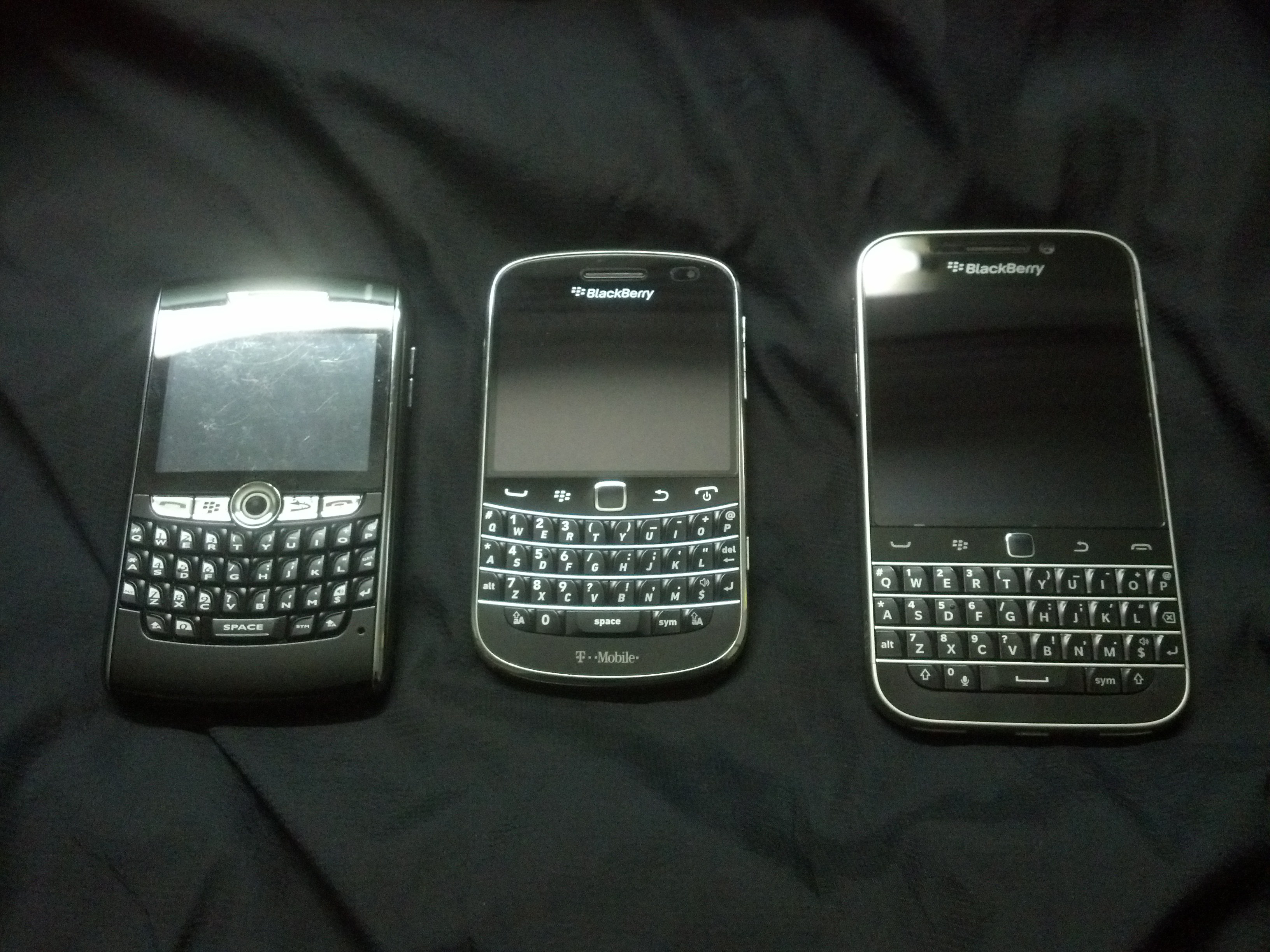The Lingering Question: Is Blackberry Truly a smartphone in the Modern Era?
Blackberry. The name alone evokes a sense of nostalgia, a time when the “crackberry” was the pinnacle of mobile communication. For many, it was synonymous with business, productivity, and a secure, efficient messaging system. But as the smartphone landscape evolved, Blackberry’s trajectory took a sharp turn. Today, the question lingers: is Blackberry still a smartphone, or has it become a relic of a bygone era?
To answer this, we must delve into the history, the defining features, and the current state of Blackberry.
The Birth of the “Crackberry”

Research In Motion (RIM), the company behind Blackberry, initially focused on pagers and wireless email devices. However, it was the introduction of the Blackberry 5810 in 2002, the first phone to integrate mobile phone capabilities with email, that truly propelled the brand into the spotlight. This device, while clunky by today’s standards, offered a groundbreaking combination of features: push email, a physical QWERTY keyboard, and a secure network.
The Rise of Enterprise Dominance
Blackberry’s focus on security and efficiency resonated strongly with the corporate world. Its encrypted messaging system, Blackberry Messenger (BBM), became a staple in offices globally. The physical keyboard allowed for rapid and accurate typing, making it ideal for composing lengthy emails and documents. The Blackberry Enterprise Server (BES) provided IT departments with centralized control over devices, ensuring data security and compliance.
The Consumer Appeal
While initially targeted at professionals, Blackberry’s popularity soon extended to the consumer market. The “crackberry” addiction, a term coined for the obsessive checking of emails and messages, became a cultural phenomenon. The sleek design, the user-friendly interface, and the social cachet of owning a Blackberry contributed to its widespread appeal.
The Touchscreen Revolution

The introduction of the Apple iPhone in 2007 and the subsequent rise of Android smartphones marked a paradigm shift in the mobile industry. Touchscreen interfaces, intuitive apps, and multimedia capabilities became the new standard. Blackberry, initially resistant to the touchscreen trend, struggled to adapt.
The App Gap
The app ecosystem became a crucial battleground. Apple’s App Store and Google’s Play Store offered a vast and ever-expanding library of apps, catering to every conceivable need and interest. Blackberry’s App World, on the other hand, lagged far behind, lacking the diversity and quality of its competitors.
The Decline of BBM
BBM, once a unique selling point, faced stiff competition from cross-platform messaging apps like WhatsApp and Facebook Messenger. The exclusivity of BBM became a liability, as users gravitated towards platforms that allowed them to connect with a wider audience.
Blackberry 10: A Bold Attempt

In 2013, Blackberry launched Blackberry 10, a new operating system designed to compete with iOS and Android. It featured a gesture-based interface, a redesigned app store, and the ability to run Android apps. However, it arrived too late, and the app compatibility was imperfect.
The Android Pivot
Recognizing the limitations of Blackberry 10, the company shifted its focus to Android. The Blackberry Priv, released in 2015, was the first Blackberry smartphone to run Android. It featured a sliding physical keyboard and a focus on security.
The TCL Partnership and Beyond
In 2016, Blackberry entered into a licensing agreement with TCL Communication, which took over the design, manufacturing, and sales of Blackberry-branded smartphones. This partnership produced devices like the Blackberry KEYone and KEY2, which retained the signature physical keyboard and security features.
The OnwardMobility Attempt and the Final Curtain
OnwardMobility, a Texas based company, announced plans to revive Blackberry with a 5G keyboard focused device. Ultimately, this project failed and OnwardMobility closed. Blackberry’s licensing agreements were terminated.
Core Smartphone Features
To determine whether Blackberry qualifies as a smartphone, we must consider the core features that define a modern smartphone: a touchscreen interface, a robust operating system, a wide range of apps, internet connectivity, and multimedia capabilities.
Blackberry’s Current State
Currently, Blackberry’s own hardware is no longer being produced. The company has shifted its focus entirely to enterprise security software and services. While devices branded as Blackberry existed under the TCL license, and then the failed OnwardMobility attempt, these were distinct from RIM/Blackberry directly.
The Legacy of Security
Blackberry’s legacy lies in its emphasis on security. Its secure messaging system, its robust encryption, and its device management capabilities remain relevant in the age of data breaches and cyber threats. This security focus is now their core business.
The Physical Keyboard: A Niche Appeal
The physical keyboard, once a hallmark of Blackberry, now appeals to a niche audience. For some users, the tactile feedback and typing accuracy of a physical keyboard remain essential. However, the majority of smartphone users have embraced the convenience and versatility of touchscreen interfaces.
The Evolving Definition of a Smartphone
The definition of a smartphone has evolved significantly since the early days of Blackberry. While the brand once epitomized the smartphone concept, its current state reflects a shift in focus.
Blackberry’s Software Focus
Blackberry’s current business revolves around providing security software. They provide software for mobile devices, and other devices, but are not in the business of manufacturing or selling their own branded smartphones.
A Legacy of Innovation
Blackberry’s contribution to the mobile industry is undeniable. It pioneered push email, popularized physical keyboards, and set the standard for secure mobile communication. While its hardware presence has diminished, its software legacy lives on.
The Smartphone Question Answered
Therefore, in the strictest sense, Blackberry is no longer a smartphone manufacturer. The brand is now synonymous with enterprise software and security solutions. While the spirit of Blackberry, with its emphasis on productivity and security, may live on in the software it develops, it is no longer a player in the consumer smartphone market. The devices that carried the Blackberry name in recent years were produced by other companies, under licensing agreements.
In conclusion, Blackberry’s journey from a mobile powerhouse to a software-focused enterprise reflects the dynamic nature of the technology industry. While it may no longer be a smartphone in the traditional sense, its legacy of innovation and its focus on security continue to shape the mobile landscape.



